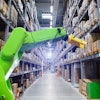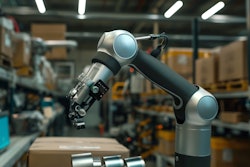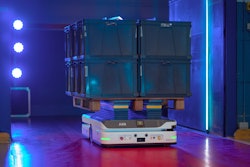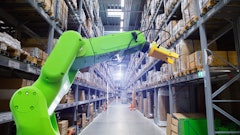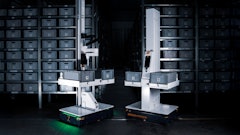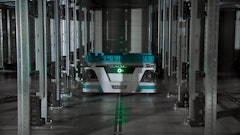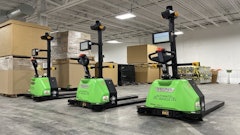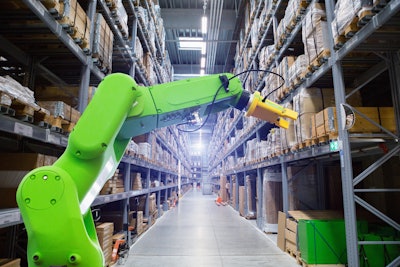
Nearly 80% of humans will engage with smart robots on a daily basis, and one in 20 supply chain managers will manage robots, rather than humans, by 2030, according to Gartner, Inc.
“CSCOs must develop an organizational structure to support the management of growing fleets of robots by creating a warehouse automation strategy,” says Abdil Tunca, senior principal analyst in Gartner’s Supply Chain practice. “Managers will encounter different scenarios when managing robots than they would with people, especially when managing fleets of task specific and polyfunctional robots, which will navigate more tasks and spaces within warehouses and fulfillment centers.”
Key takeaways:
· Smart robots have been identified by chief supply chain officers (CSCOs) as an important investment area, though many acknowledge their organization lacks internal robotics expertise to maximally leverage these innovative technologies.
· While it won’t be necessary for supply chain managers to have the engineering skills required to build robots, they will need a general technical understanding of what the robots can do and how they work together with other robots and people. This knowledge will be crucial for understanding the business problems robots can reasonably address and provide this
“The journey toward adopting robotics will be valuable, but also challenging, and requires organizational support,” Tunca says. “Initially, robot management will operate as a distinct role within supply chain. Over time, managing robots will become integrated into various departments and job functions, akin to how the IT function has evolved and gained prominence within organizations.”

